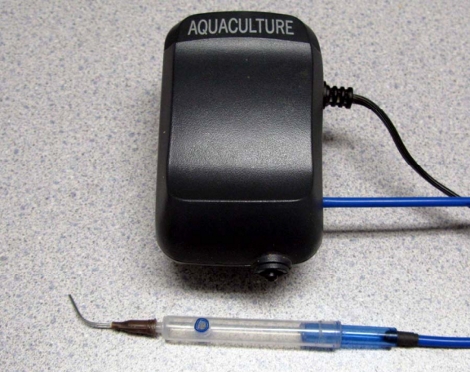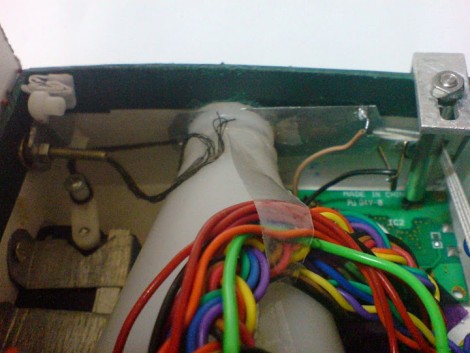I have often sat, gazing at my aquarium, wondering what life is like for those critters I keep captive. Are they bored and yearning to be set free? Are they content with their gluttonous lifestyle and constant pampering?
This is a question that is often raised with animals of a higher order, like pachyderm in the zoo, or chimpanzee. Those are easier to personify and to debate, but those are also, not often in our homes.
I keep my aquariums overgrown with actual live plant life. I have a flourishing ecosystem of natural plant filtration and invertebrates that I truly enjoy watching as they pick at the debris and bustle throughout the day. I test my water regularly to make sure it is optimal for the health of all involved. But my fish, well, as I said, I wonder about them.

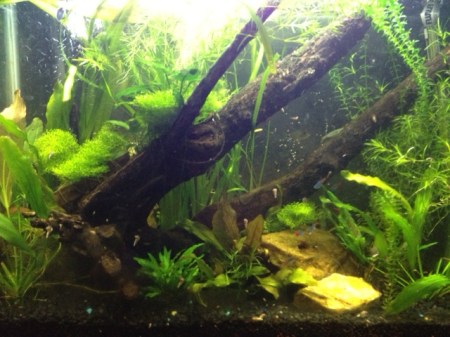
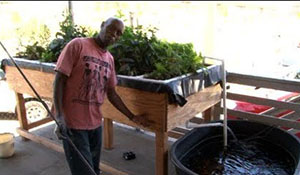
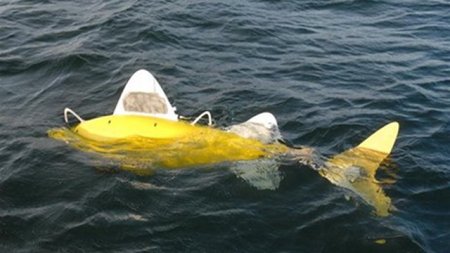
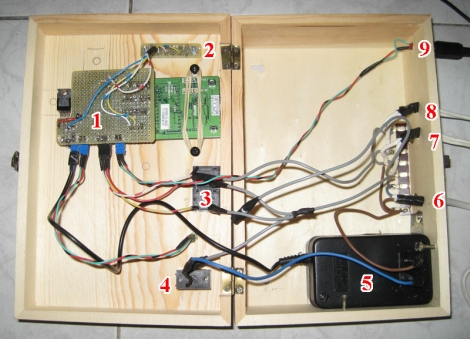
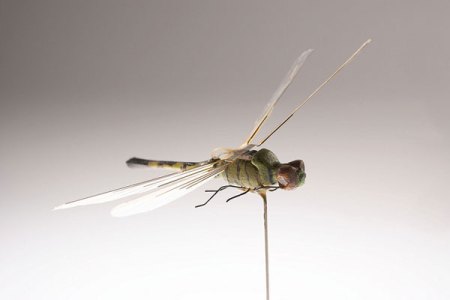 When you have a virtually unlimited budget, you can pull off some amazing things. This has become most evident recently as the CIA has been
When you have a virtually unlimited budget, you can pull off some amazing things. This has become most evident recently as the CIA has been 